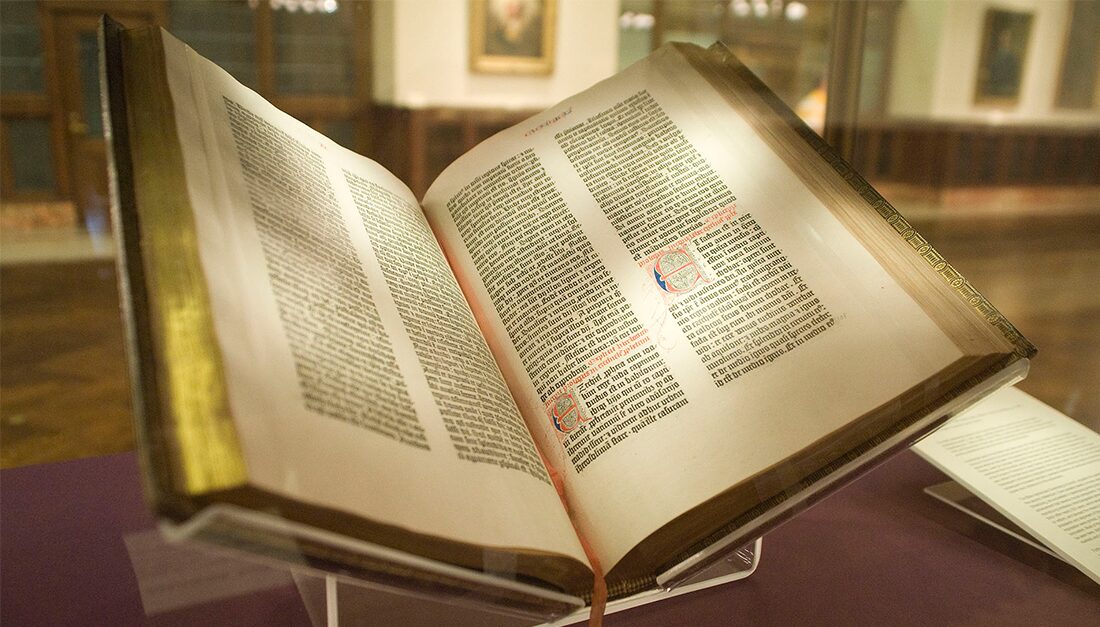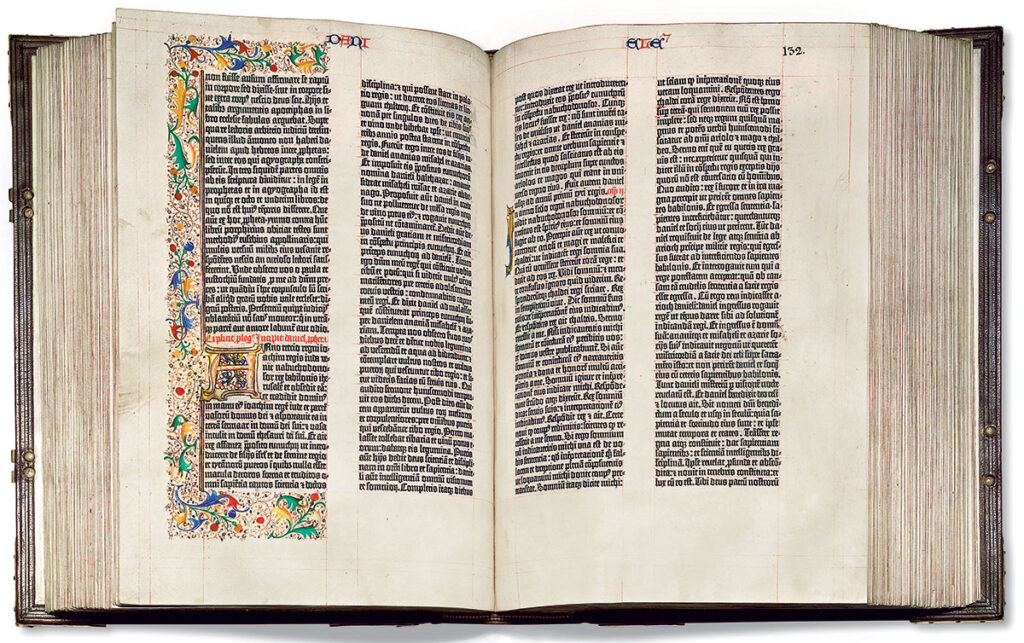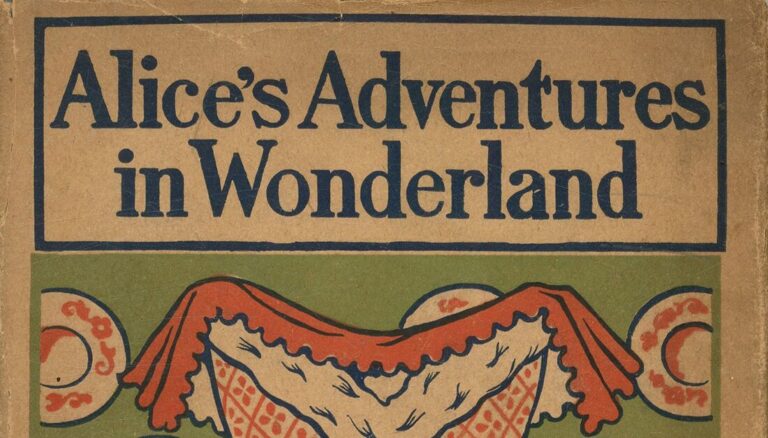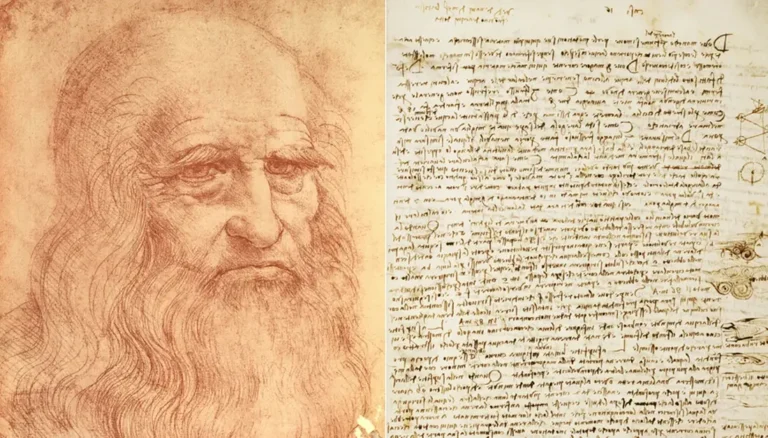The Gutenberg Bible: The Book That Changed the World
Printed around 1455 in Mainz, Germany, the Gutenberg Bible stands as one of the most important achievements in human history. Created by Johannes Gutenberg, it was the first major book in Europe to be produced using movable metal type, a revolutionary technology that replaced the laborious hand-copying of manuscripts. This innovation sparked a communications revolution, making books more affordable, accelerating the spread of ideas, and laying the foundation for the modern world.
Only 180 Copies
The Gutenberg Bible is printed in Latin and consists of the Old and New Testaments in the Vulgate translation. Originally, about 180 copies were produced—roughly 150 on paper and 30 on vellum—each comprising two large volumes. While the text was printed, many copies were later embellished by hand with colorful initials and decorations, blending the artistry of medieval manuscripts with the efficiency of the printing press.
Today, fewer than 50 copies survive, and only about 20 of those are complete. These rare volumes are held in museums, libraries, and private collections around the world. When a copy appears on the market—a rare event—it can command tens of millions of dollars.
Human Innovation
The Gutenberg Bible is more than a rare book; it’s a cultural icon. It symbolizes a turning point in history when knowledge began to break free from the confines of elite scribes and monasteries, becoming available to a much wider public. Its pages embody the beginning of mass communication, literacy expansion, and the democratization of information. Over five centuries later, it remains a testament to human innovation and the enduring power of the printed word.





